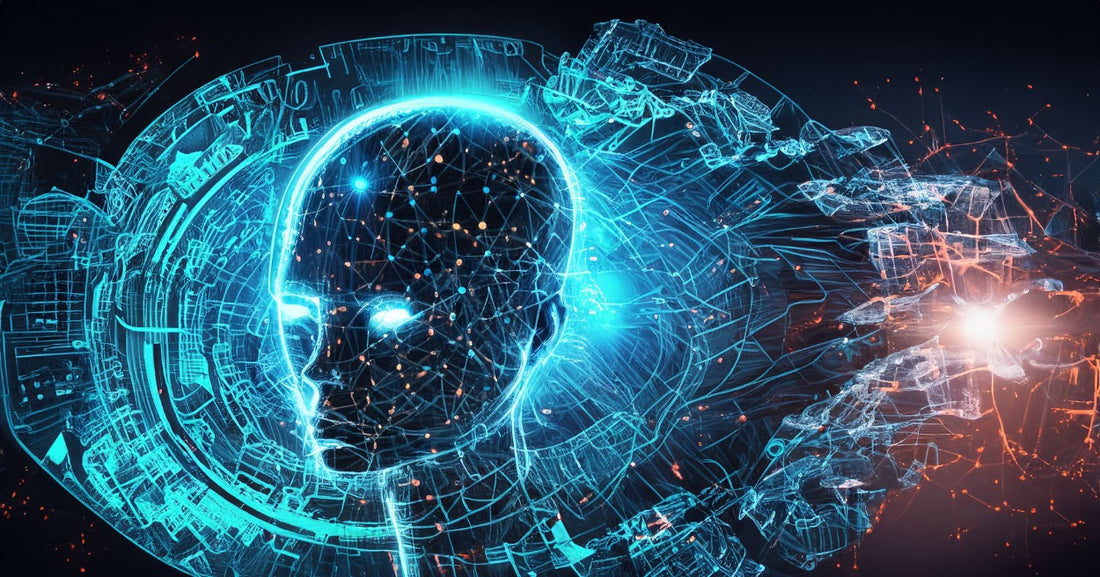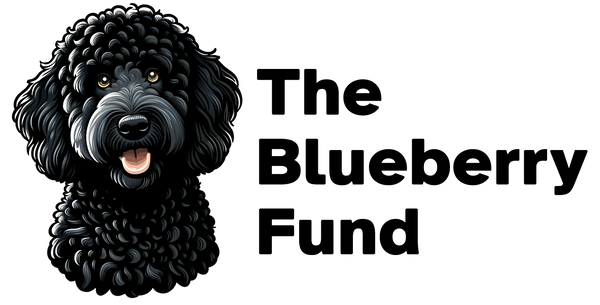
Artificial Intelligence in Art and Design: Shaping the Future of Creativity
Share
Artificial intelligence (AI) is fundamentally changing the landscape of art and design, presenting both exciting opportunities and critical challenges for creative professionals. At the forefront of these changes is generative AI, which allows artists to quickly generate a variety of visual concepts. This tool streamlines the creative process, enabling designers to focus on refining their work, rather than spending significant time on preliminary designs.
The Impact of Generative AI on Creative Industries
Generative AI, such as those offered by platforms like Blueberry AI, provides a faster way to create designs and artworks, assisting artists in visualizing ideas that might have taken longer to bring to life. This has allowed professionals across industries to present a multitude of concepts to clients quickly, leading to more efficient workflows.
However, the rise of AI-generated art has sparked debates regarding the authenticity and emotional depth of these works. Critics argue that while AI can replicate artistic styles and generate innovative pieces, it lacks the intentionality and emotional connection inherent in human-created art. These discussions raise an essential question: can AI be seen as a tool to enhance human creativity, or is it encroaching on the authenticity of artistry?
AI's Role in the Fashion Industry
One notable area where AI is making a significant impact is the fashion industry. AI design tools are revolutionizing how designers work by enabling them to input initial concepts and receive numerous design options in return. This democratization of design, facilitated by platforms like Blueberry AI, allows emerging designers to explore their creativity without the extensive resources previously required. Moreover, it promotes sustainable practices by reducing textile waste through optimized designs and cutting-edge production processes.
Despite these advancements, concerns persist about AI’s potential to replace human workers in creative sectors. Studies suggest that generative AI could automate many tasks typically performed by artists and designers, potentially leading to job displacement. However, many experts believe that AI will primarily serve as an assistive tool—enhancing human creativity rather than replacing it altogether.
Preserving Traditional Art and Expression
According to the National Art Education Association (NAEA), it’s crucial to balance the benefits of AI with the need to preserve traditional art forms and personal expression. They advocate for educators and artists to stay informed about AI developments to ensure that human creativity remains at the forefront, preventing machine-generated art from overshadowing human-created works.
Conclusion
AI is undeniably shaping the future of art and design, offering tools that can enhance creativity, efficiency, and sustainability. However, it also presents challenges that require careful consideration to preserve the essence of human artistry. As we continue to explore the intersection of technology and creativity, it is crucial to ensure that AI remains a tool that empowers artists, rather than replacing their unique creative vision.
At The Blueberry Fund, founded by Bardia Rahimzadeh, we are committed to exploring how technologies like Blueberry AI can drive innovation in creative industries. As technology continues to evolve, we recognize the importance of finding a balance between technological advancements and the preservation of traditional artistic expression.
